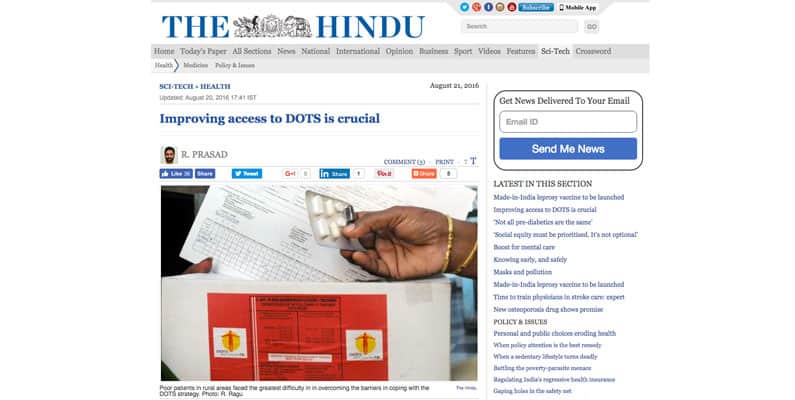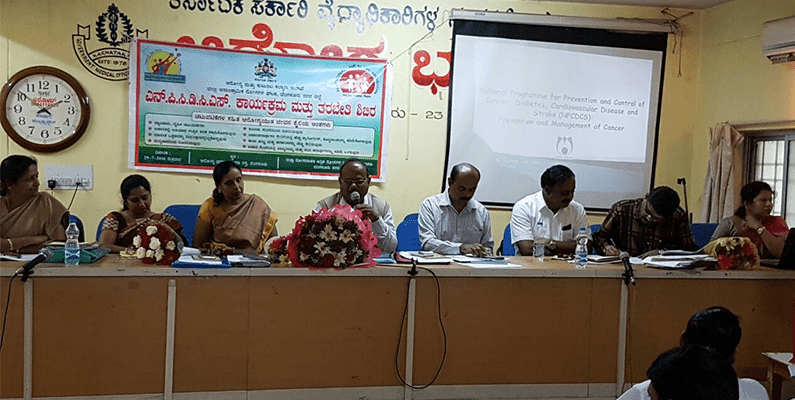
Dr Vijayashree H Y, faculty, article gets featured in science section of Hindu News paper

Dr Vijayashree H Y, faculty at Institute of Public Health, article “Coping with tuberculosis and directly observed treatment: a qualitative study among patients from South India” gets featured in science section of Hindu News paper.


 Dr Vijayashree Y, faculty and PhD scholar at Institute of Public Health, was invited by MS Ramaiah Medical and Nursing College today, as chief guest to inaugurate the Breast feeding week.The theme is about how breastfeeding is a key element in getting us to think about how to value our wellbeing from the start of life, and care for the world we share. Breastfeeding is not only the cornerstone of a child’s healthy development; it is also the foundation of a country’s development.To know more click
Dr Vijayashree Y, faculty and PhD scholar at Institute of Public Health, was invited by MS Ramaiah Medical and Nursing College today, as chief guest to inaugurate the Breast feeding week.The theme is about how breastfeeding is a key element in getting us to think about how to value our wellbeing from the start of life, and care for the world we share. Breastfeeding is not only the cornerstone of a child’s healthy development; it is also the foundation of a country’s development.To know more click 













